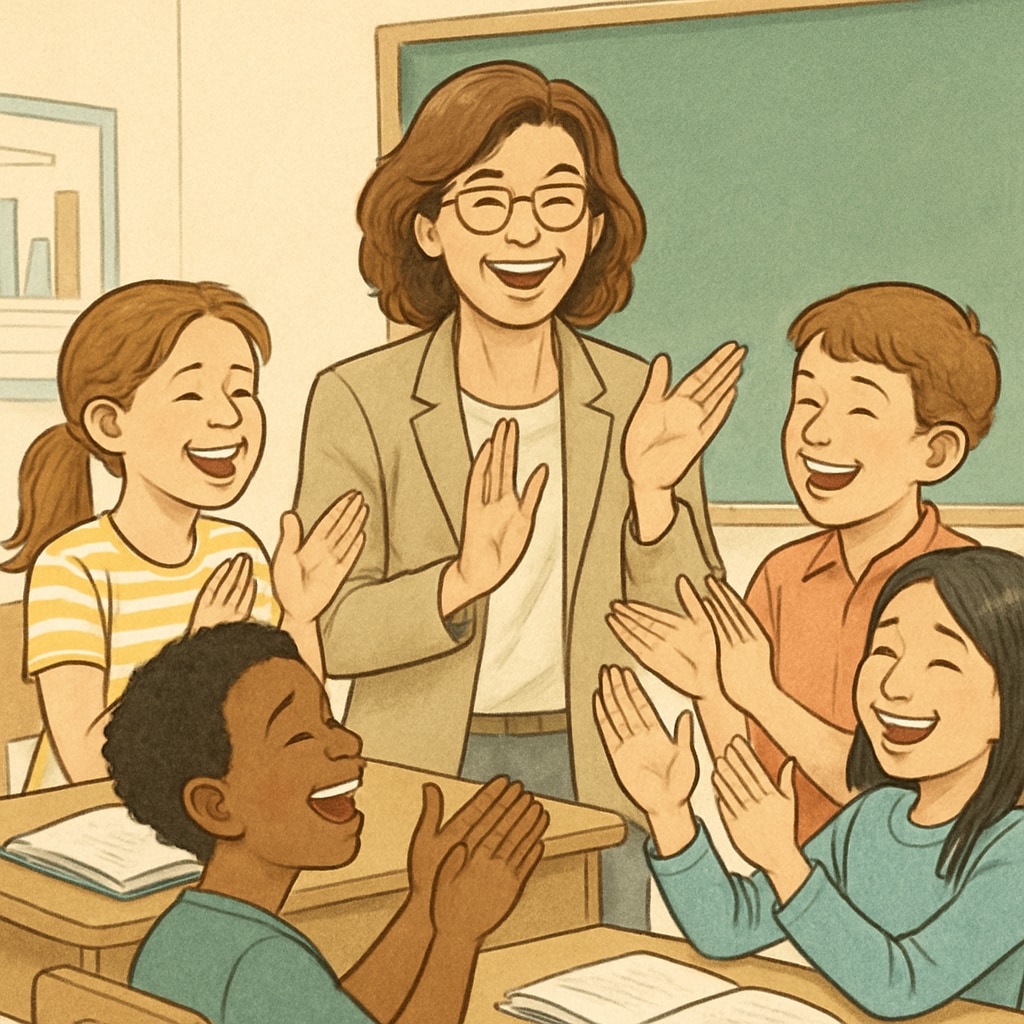In the realm of education, the exchange between students and teachers often extends beyond the classroom walls. While educators commit themselves to shaping young minds, those rare instances of student gratitude often become the most cherished rewards of their profession. A sincere “thank you” from a student can carry immeasurable weight, reminding teachers of their profound impact and strengthening the teacher-student relationship. These moments are not only heartwarming but also reaffirm the vital role educators play in fostering growth, empathy, and understanding.
The Power of a Simple “Thank You”
For teachers, the journey of education is often filled with challenges—long hours, diverse student needs, and the constant quest to inspire. In the midst of these demands, a heartfelt expression of gratitude from a student can feel like a beacon of light. It serves as a poignant reminder of the difference teachers make, even if their efforts sometimes go unnoticed.
Consider the story of a high school science teacher who received a handwritten note from a former student. The note detailed how the teacher’s patience and encouragement during a particularly difficult time helped the student regain confidence and ultimately pursue a career in engineering. This simple gesture of gratitude not only validated the teacher’s dedication but also became a source of inspiration during future challenging moments.

Why Gratitude Matters in Teacher-Student Relationships
Gratitude is more than just polite acknowledgment; it is a bridge that connects teachers and students on a deeper emotional level. It fosters mutual respect and appreciation, creating an environment where both parties feel valued. When students express their thankfulness, they contribute to a culture of positivity and reflection, which can significantly enhance the overall educational experience.
Moreover, gratitude has psychological benefits. According to a Britannica article on gratitude, expressing thankfulness can improve emotional well-being and strengthen interpersonal connections. Teachers, who often work tirelessly, find renewed motivation and purpose in such moments. Similarly, students who practice gratitude develop empathy and a recognition of the efforts others make on their behalf, traits that are invaluable in personal and professional relationships.
Creating Opportunities for Gratitude in Education
Both teachers and students can cultivate a culture of gratitude in the classroom. Here are a few strategies:
- Encourage Reflection: Teachers can create moments for students to reflect on their learning experiences and the support they’ve received from others.
- Lead by Example: When teachers model gratitude—thanking students for their hard work or cooperation—it sets a standard for mutual respect.
- Celebrate Small Wins: Recognizing achievements, no matter how small, can inspire students to appreciate their journey and those who help them along the way.
- Promote Open Communication: Encouraging students to share their thoughts and feelings fosters an environment where gratitude can naturally flourish.
By weaving gratitude into the fabric of daily interactions, educators and students alike can experience its transformative power.

Memorable Moments: When Gratitude Transcends Time
Many educators recall instances of gratitude that have stayed with them for years. These moments often transcend the immediacy of classroom dynamics, becoming treasured memories that encapsulate the essence of teaching. For example:
- A college professor who received an email from a former student, years after graduation, expressing how a single piece of advice changed their career path.
- An elementary school teacher who was gifted a scrapbook filled with notes and drawings from students on their retirement day.
- A special education teacher who was publicly thanked by a student during a graduation speech for their unwavering patience and belief in them.
Such experiences underline the enduring nature of gratitude. They remind teachers that their influence often extends far beyond the classroom, shaping lives in ways they may never fully realize.
In conclusion, the simple act of expressing gratitude—whether through words, gestures, or actions—can have a profound and lasting impact. For teachers, these moments of connection and appreciation are among the most meaningful rewards, reaffirming their commitment to the noble profession of education. As we celebrate the power of student gratitude, let us also recognize the lasting bonds it creates, enriching the lives of both educators and learners.
Readability guidance: This article balances storytelling with actionable insights, using short paragraphs, clear transitions, and examples to maintain engagement. Its primary focus is on emotional resonance, supported by practical strategies for fostering gratitude in education.


